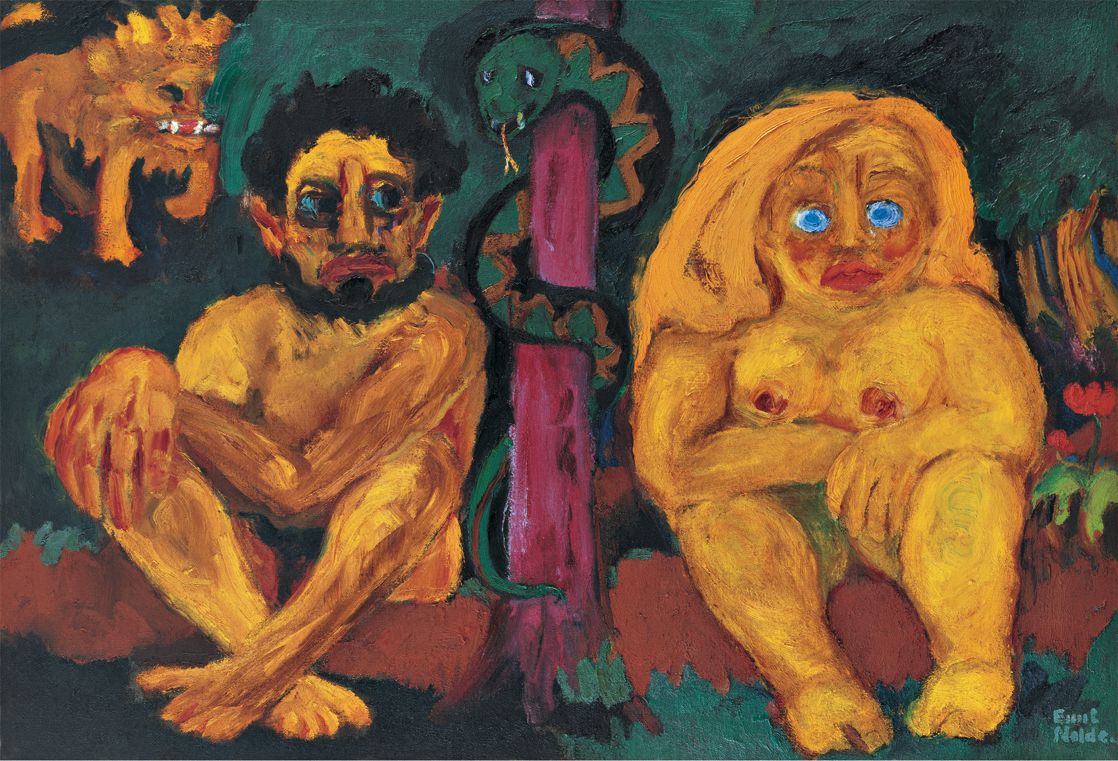Exposing a Nazi:
The exhibition destroying a myth
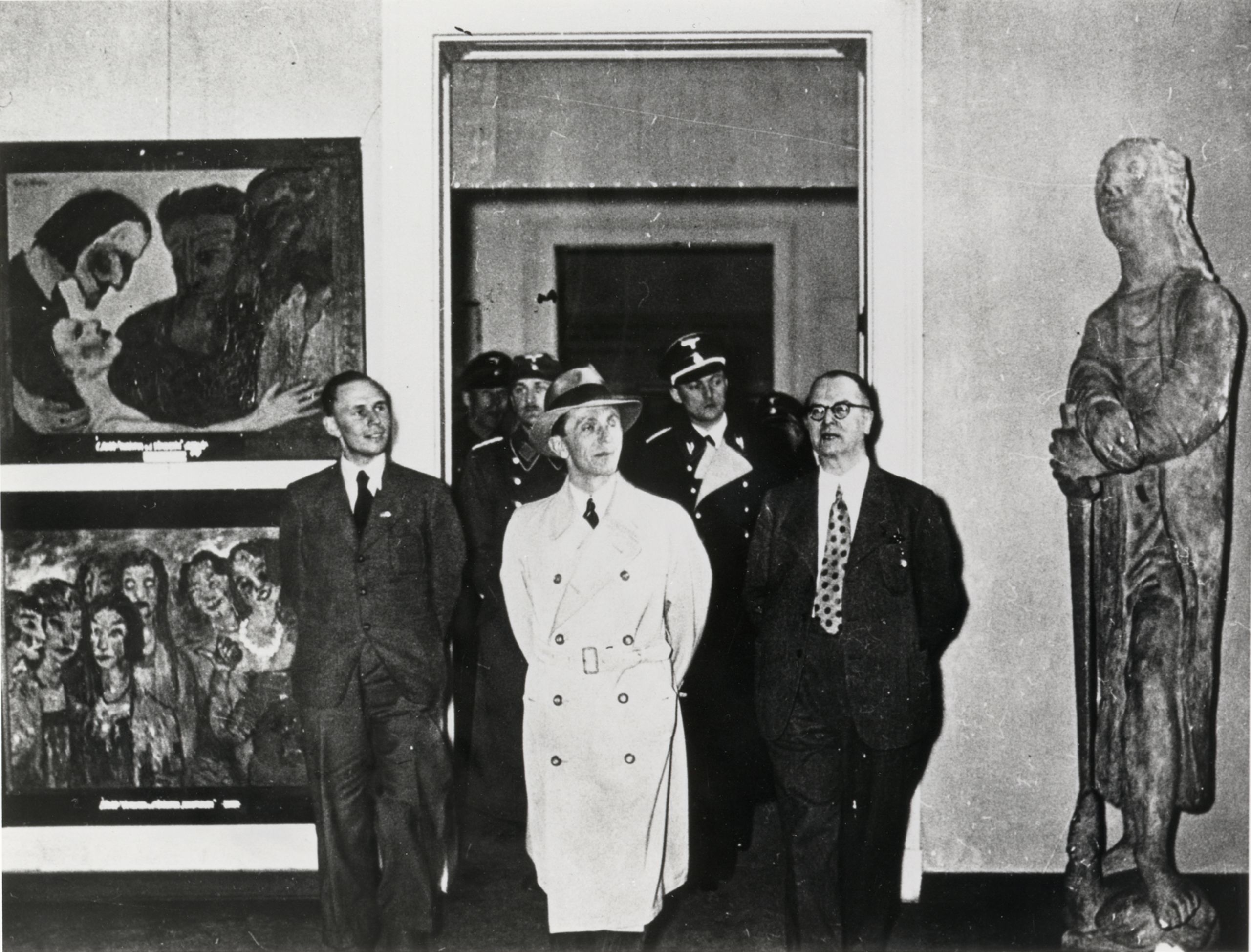
In 1941, the Nazis banned Emil Nolde from painting, for life. For the past 50 years, many Germans have viewed him as the persecuted artist, someone who flirted with Nazism but saw the light and suffered for his art. But now a major exhibition in Berlin, co-curated by a Cambridge historian, has shattered this myth and sent shock waves through the country.
One visitor commented: “The pictures remain beautiful … [but] how one has been deceived!” Others find the revelations harder to swallow and a minority react angrily. One described the exhibition as “Defamation of a great painter!" adding: “Congratulations to the clever curators: THEY have not experienced a single day of WAR.”
So who was the real Emil Nolde and should this change how we see his art?

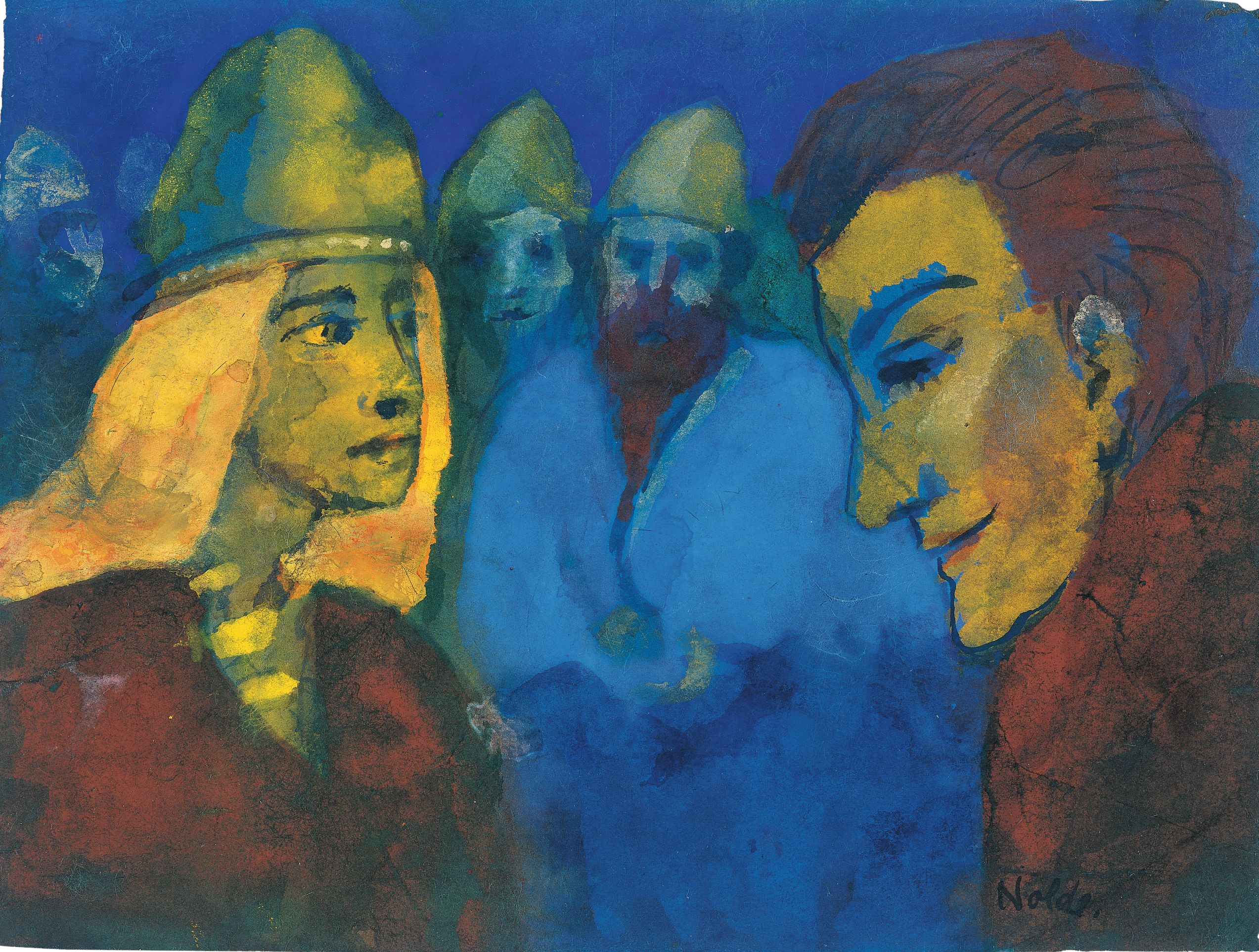
Emil Nolde, Mistress and Stranger (watercolour, undated). Nolde Foundation Seebüll. © Nolde Foundation Seebüll / Photo: Dirk Dunkelberg, Berlin
Emil Nolde, Mistress and Stranger (watercolour, undated). Nolde Foundation Seebüll. © Nolde Foundation Seebüll / Photo: Dirk Dunkelberg, Berlin
Emil Nolde: A German Legend. The Artist during the Third Reich is not your typical exhibition. Even before the show opened at Berlin’s Nationalgalerie on 12 April 2019, the German Chancellor, Angela Merkel, felt compelled to purge her office of paintings by Nolde, until then her favourite artist. The decision has divided public opinion and fed a media storm (well over 400 reports) which has attracted over 50,000 visitors in the first six weeks alone.
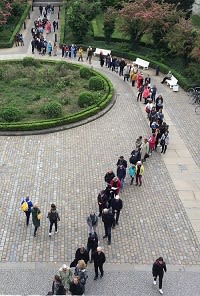
Visitors queue in the exhibition's opening week
Visitors queue in the exhibition's opening week
For the curators, Cambridge historian Dr Bernhard Fulda and the art historian Aya Soika, this has been an extraordinary journey. Ten years ago, while working on a biography of another German Expressionist, Max Pechstein, they tried to investigate Nolde’s decision to denounce him as a Jew.
“We ran into the censorship policy of the Nolde estate, we were denied access to his private papers,” recalls Fulda. “Historians have known for over fifty years that Nolde was a member of the Danish Nazi party but when his work has been exhibited, that’s been disregarded as irrelevant, and he’s just been presented as a victim of the Nazi’s campaign against degenerate art.”
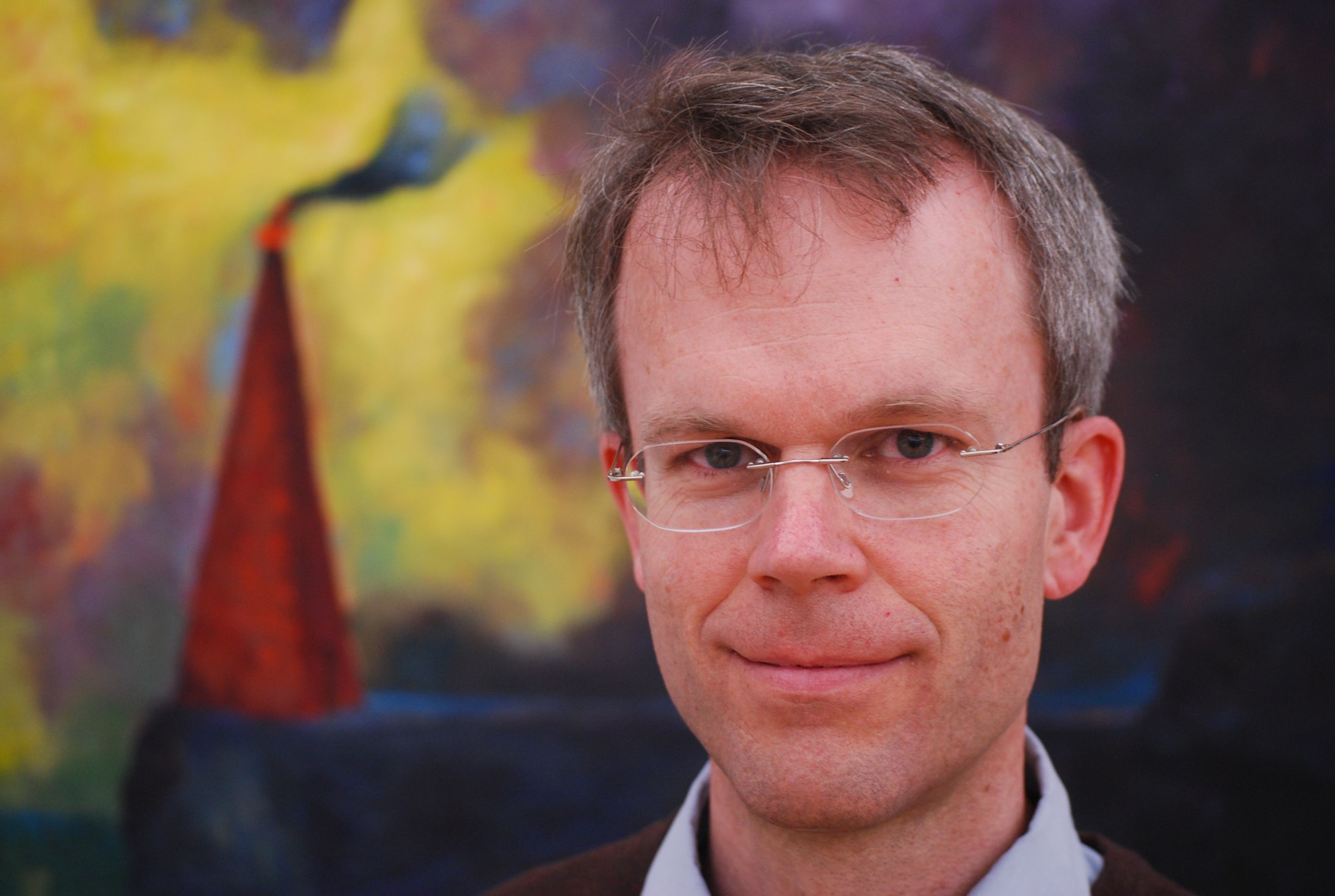
Co-curator, Dr Bernhard Fulda
Co-curator, Dr Bernhard Fulda
In July 1937, the Nazi government staged its now infamous propaganda exhibition Entartete Kunst (Degenerate Art) in Munich. Among the 650 artworks by 112 artists displayed, 33 were by Nolde, who became the most confiscated artist of the purge. In total, 1,052 of his works were removed from German museum collections.
For 60 years, the Nolde Foundation sought to protect the artist’s legend but as Germany has engaged ever more critically with its past, this became increasingly out of step. In 2010, Nolde’s second wife died and three years later, Dr Christian Ring took over the directorship.
“Suddenly, the organisation began to open up and when I proposed a full historical investigation into Nolde’s life and work during National Socialism, Dr Ring was immediately supportive.
“What we found in the archive was jaw-dropping.”
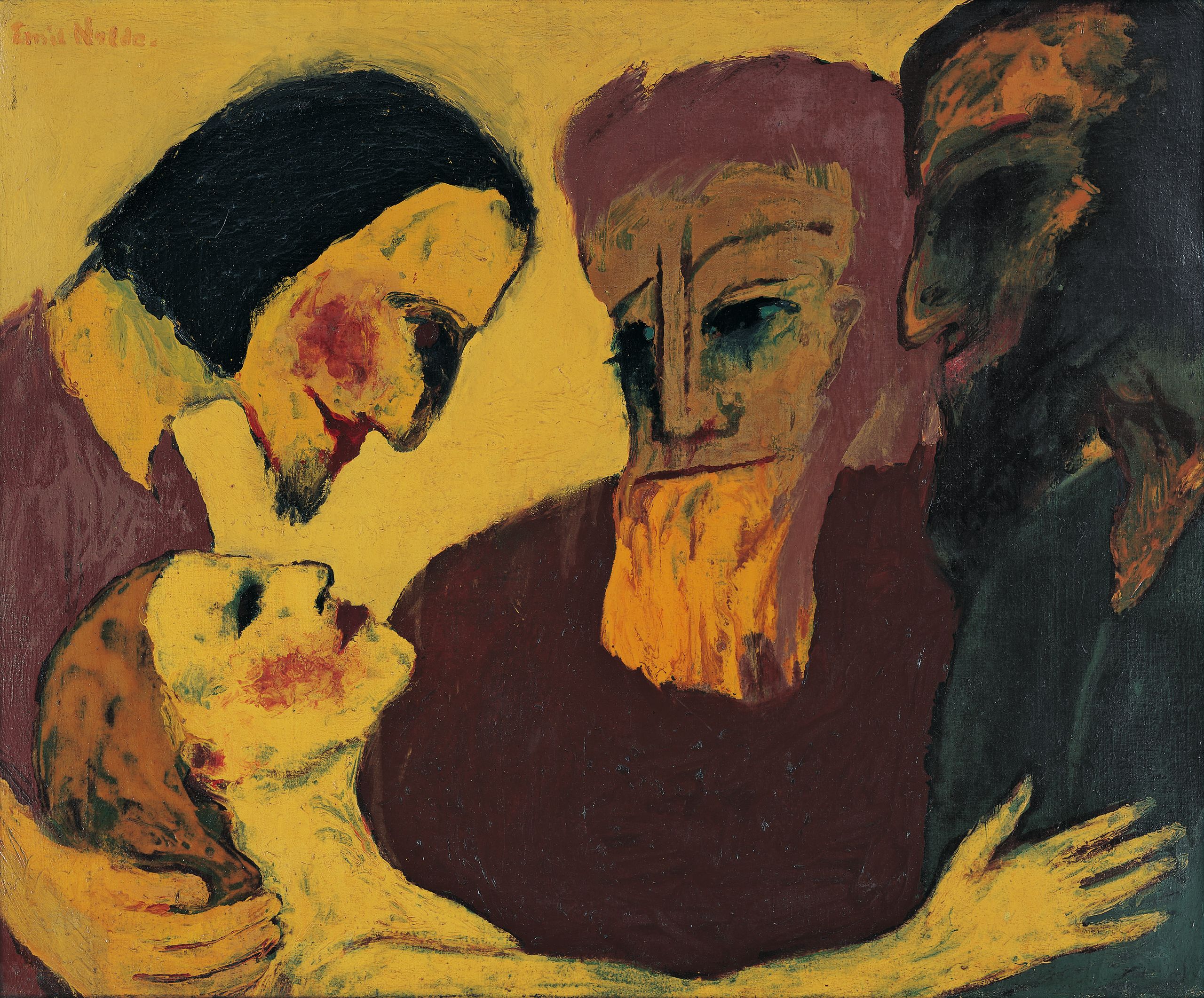
For Fulda, one of the most startling discoveries was the depth of anti-Semitic feeling that Nolde developed from the late 1920s onwards.
“He came to see himself as both the victim and foremost challenger of Jewish dominance in the German art scene.”
“Seeing how this intensified from the 1930s to the early 1940s was shocking because the estate always denied there was any sign Nolde was an anti-Semite. Coming to face-to-face with documents which showed he not only harboured these feelings but wrote this into his unique selling point, was astonishing.”
The researchers found spine-chilling evidence in Nolde’s correspondence and autobiographical writings. The same year that he denounced Pechstein to Goebbels’ Propaganda Ministry, he sought to convince Hitler of his “ardent commitment”, as Fulda puts it, to the anti-Semitic project by working out a de-jewification plan. Then, in 1943, years into his professional ban, Nolde supported Nazi propaganda labelling the Second World War as a battle against world Jewry.
But after 1945, the Nolde myth allowed Germans to come to terms with their recent past and feel proud again, Fulda explains. “He offered a redeeming cultural legacy, a way of demonstrating to the world that not everything that came out of that period was horrible, and that Germans, even great artists, suffered too.”
“People were very fond of the idea of this solitary figure who during his ban secretly produced these wonderful ‘unpainted’ watercolours as an act of resistance against the regime.”
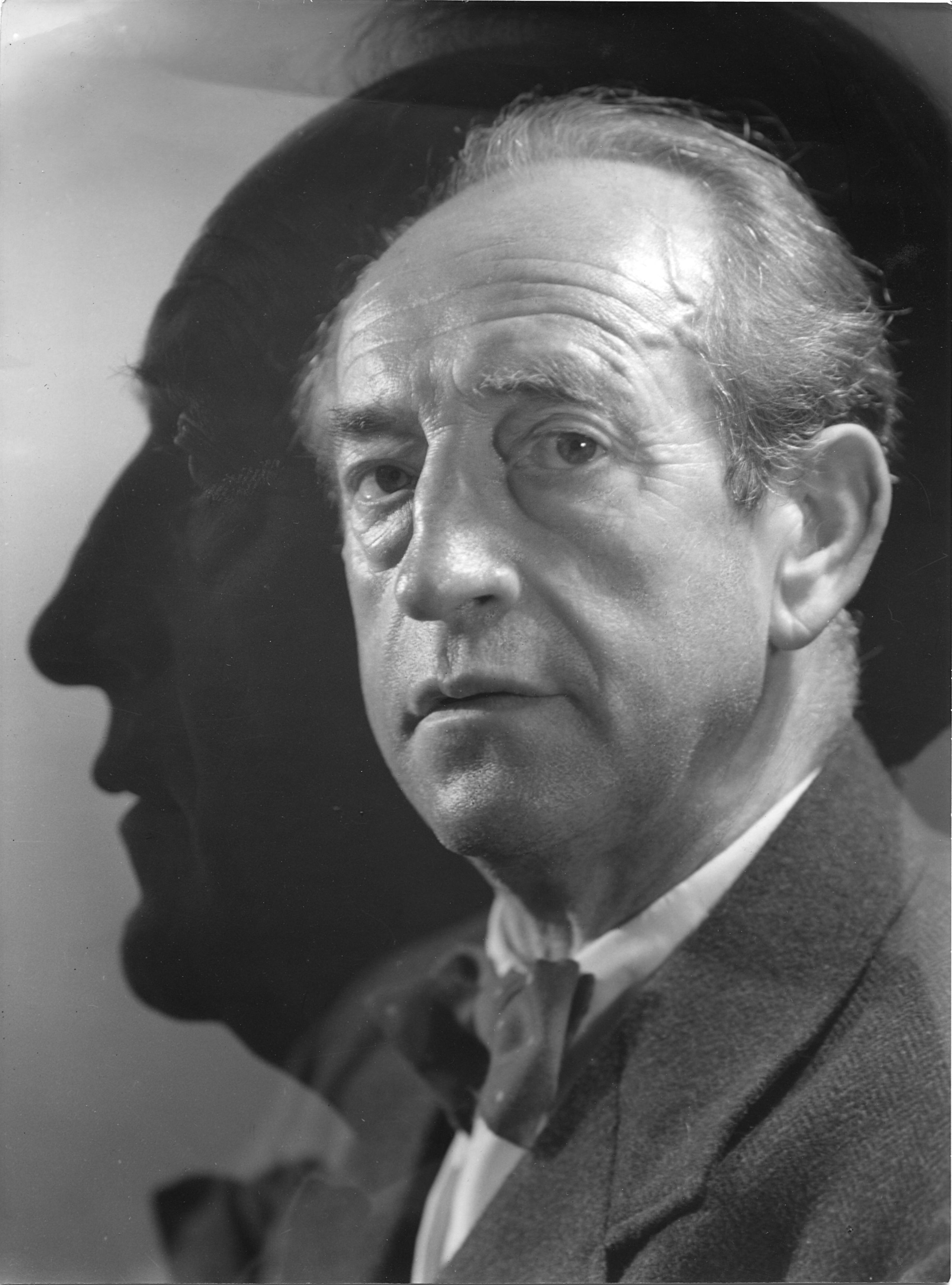
Max Pechstein, c. 1946/47. Photo: Edmund Kesting. Archiv Pechstein, Hamburg
Max Pechstein, c. 1946/47. Photo: Edmund Kesting. Archiv Pechstein, Hamburg
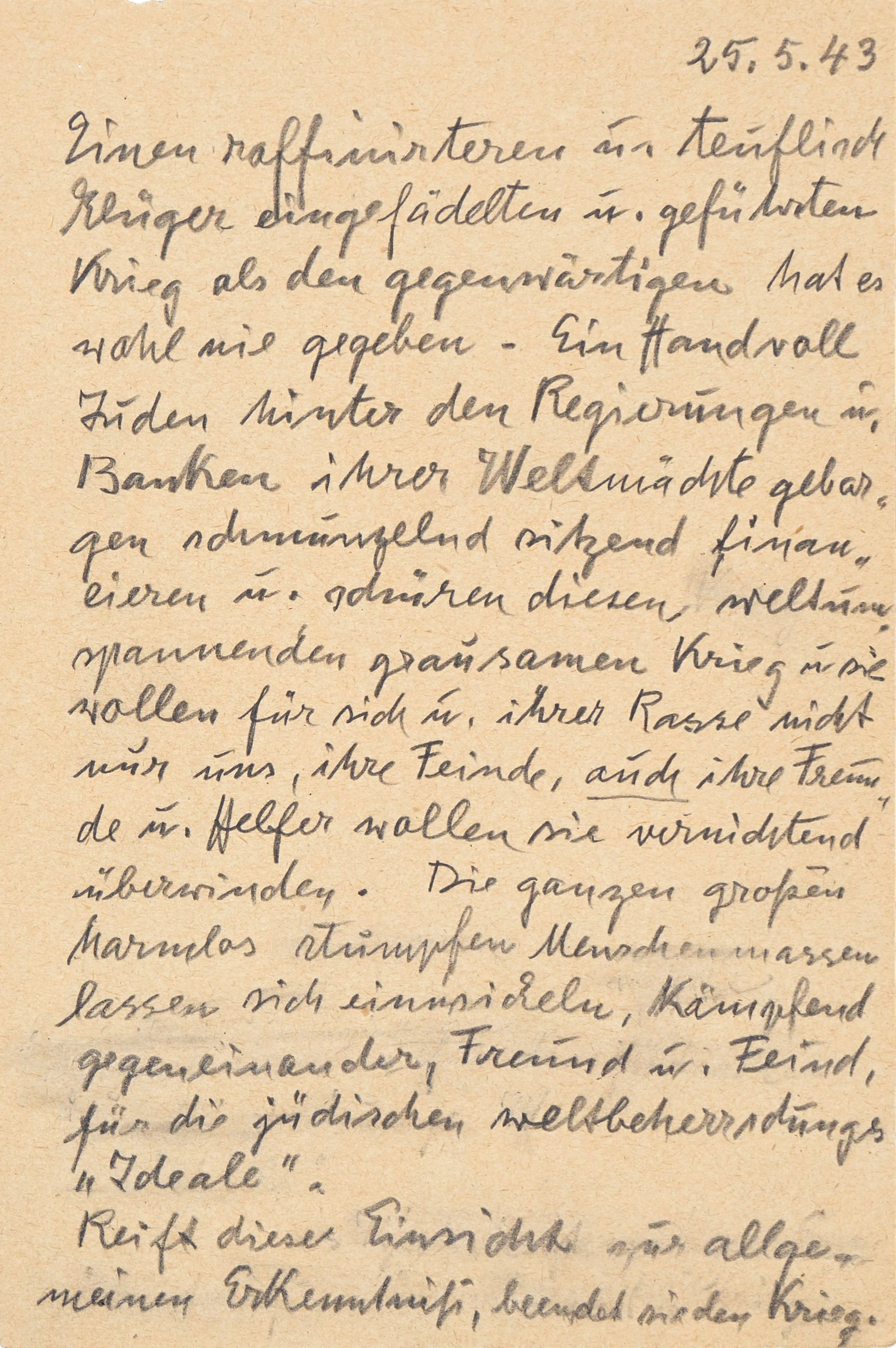
Nolde's comments on the "Jews' war" dated 25 May 1943 (enclosed in a letter to his wife, Ada, dated 27 May 1943). Archive of the Nolde Foundation Seebüll. © Nolde Foundation Seebüll
Nolde's comments on the "Jews' war" dated 25 May 1943 (enclosed in a letter to his wife, Ada, dated 27 May 1943). Archive of the Nolde Foundation Seebüll. © Nolde Foundation Seebüll
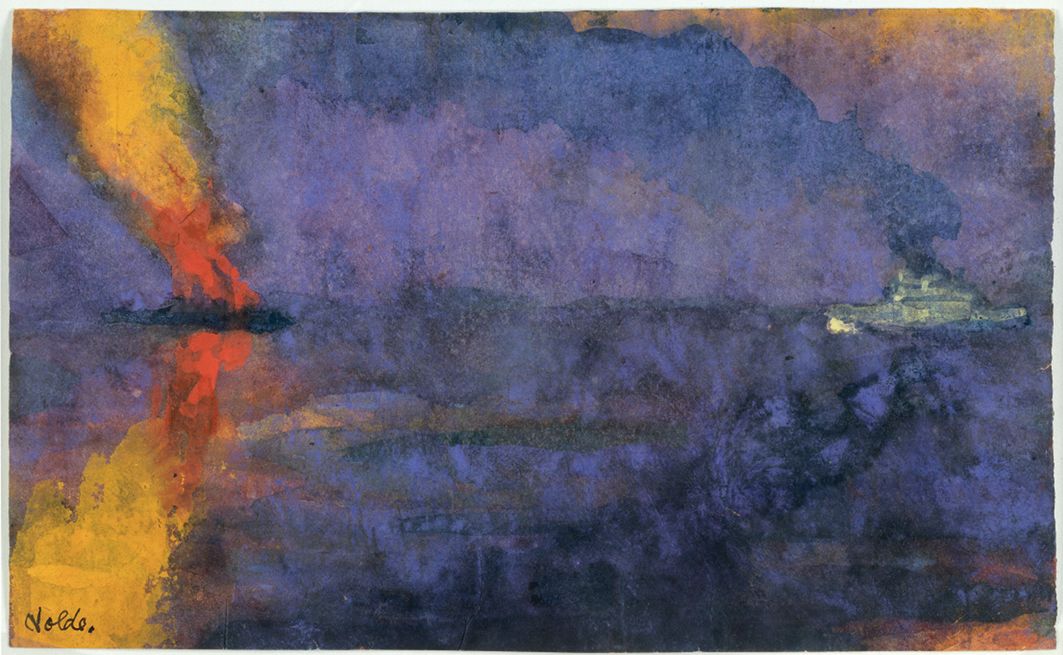
In the 1970s, the German Chancellor, Helmut Schmidt, actively embraced this narrative to help convince foreign dignitaries that Germany deserved to be rehabilitated as a cultured western nation. “And that’s also why Angela Merkel kept Nolde paintings in her office”, Fulda suggests, because they represented ‘good’ German culture.
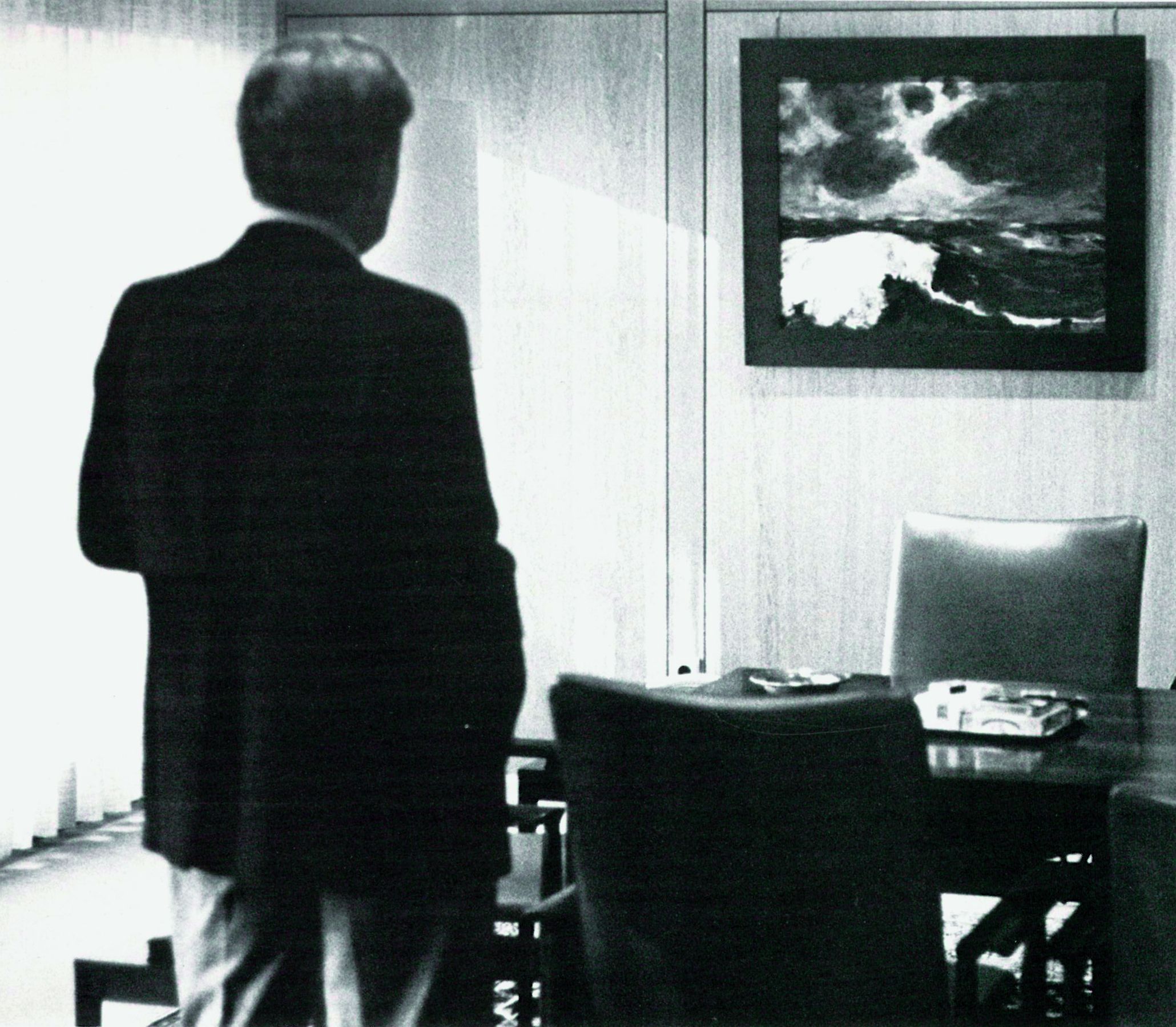
Helmut Schmidt in front of the painting Sea III (oil on canvas, 1947), Federal Chancellery, Bonn, c. 1976
Helmut Schmidt in front of the painting Sea III (oil on canvas, 1947), Federal Chancellery, Bonn, c. 1976
“There has been a lot of wishful thinking at work but this exhibition reveals the extent to which a totalitarian dictatorship and inhumane ideology can corrupt and mobilise people.”
The Merkel episode reveals a great deal about Germany’s Nolde problem. In preparing for the exhibition, the curators asked the Chancellery to return one of the Nolde paintings loaned to Merkel’s office by the Nationalgalerie. As part of that request, they shared their research findings. At that moment, Merkel’s staff appeared to realise, for the first time, the radical extent of Nolde’s anti-Semitism. “Their reaction was rather panicky,” says Fulda.
The Chancellor swiftly returned both paintings and asked to replace them with paintings by Karl Schmidt-Rottluff, another German Expressionist. But then the German media pointed out that he too had made some anti-Semitic comments during WWI and so a spokesperson confirmed that the walls of her office would remain bare. “This has caused a lot of controversy,” says Fulda. Comparisons have been made to the purging of public collections in the 1930s.
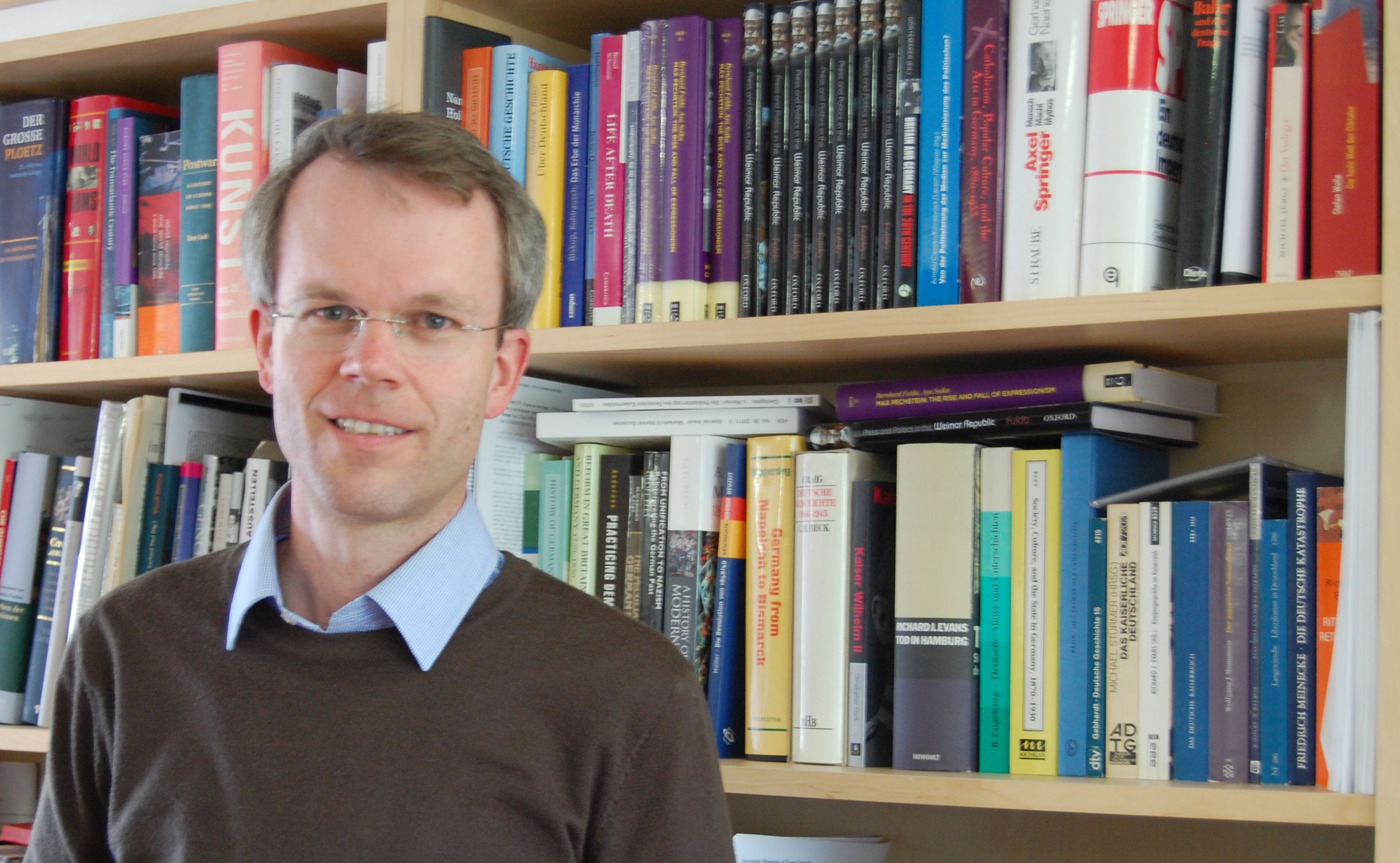
“I never expected Angela Merkel to give up paintings by her favourite artist because this puts her in an unfortunate tradition of iconoclasm - it doesn't sit well with a mature approach to the German past.
“The Chancellery’s usually very organised PR machine has discovered that the power of art can be very difficult to contain. Journalists asking whether Nolde is no longer Merkel’s favourite artist have drawn a blank. This lack of explanation is what people find most troubling. I think she has been let down by advisers who don’t know enough about art or history.
“And this issue isn’t going away - many people are now asking whether Merkel will continue to attend the Wagner festival and listen to the music of this well-known anti-Semitic composer.”
The exhibition features much more archival material than is usually the case but it also reconstructs specific constellations of paintings. Perhaps most significantly, visitors see how Nolde arranged his own painting gallery in the winter of 1941-2, shortly after he received his professional ban.
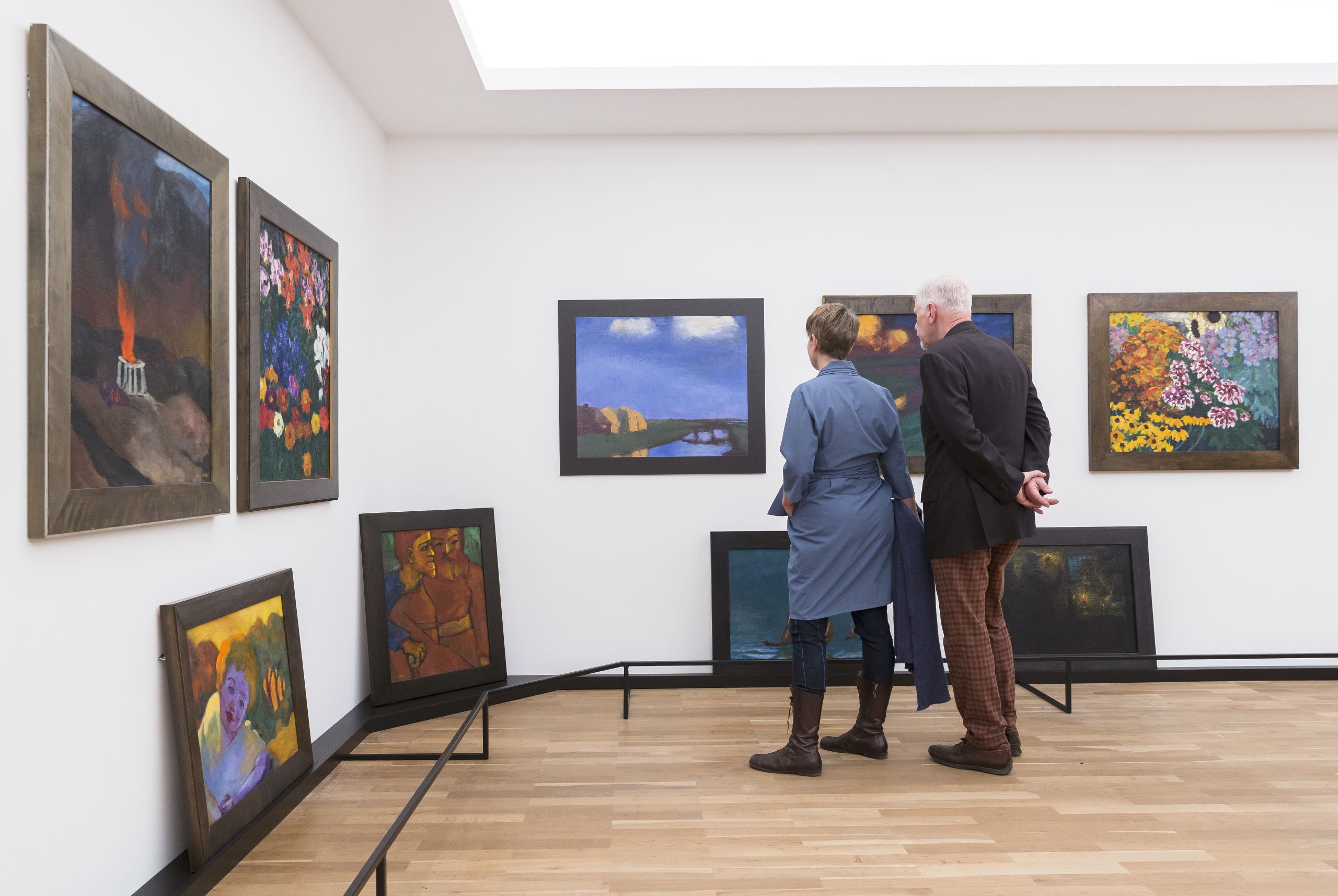
Nolde's painting gallery at Seebüll is recreated in the Nationalgalerie exhibition as it appeared in the winter of 1941-2. Photo: David von Becker.
Nolde's painting gallery at Seebüll is recreated in the Nationalgalerie exhibition as it appeared in the winter of 1941-2. Photo: David von Becker.
“This was the moment when most people assume he fell out with National Socialism but he saw this ban as entirely compatible with his self-narrative of the misunderstood artistic genius ahead of his time.”
“The extent to which Nolde embraced anti-Semitism and used it to set him apart from ordinary German artists is a new discovery and it shocks many visitors to the exhibition.”
The Nolde Foundation has taken the revelations on the chin. Dr Ring recently told the media: “We … no longer see any reason to protect Nolde from himself. His art, which was pioneering for expressionism and modernism, is strong enough to withstand the discussion about his relationship with Nazism.”
Remarkably, Fulda is the first historian to co-curate an exhibition at the Nationalgalerie and he has concerns about the way in which artists and their work are usually presented to the public.
“Curators set out to present the most brilliant artwork without necessarily questioning why these artworks exist in the first place. They draw tactically on historical context when it’s felt necessary but they try to keep text to a minimum. By contrast, our exhibition analyses why certain works exist, who made the key decisions and on what grounds, and why this aura around the artist was constructed.”
“We often build simplistic hero narratives around artists and turn them into a brand. Instead, we should see them as a gateway into a period that shaped their output.”
The exhibition continues to provoke strong opinions among visitors. Security staff have reported that the space is much noisier than normal.
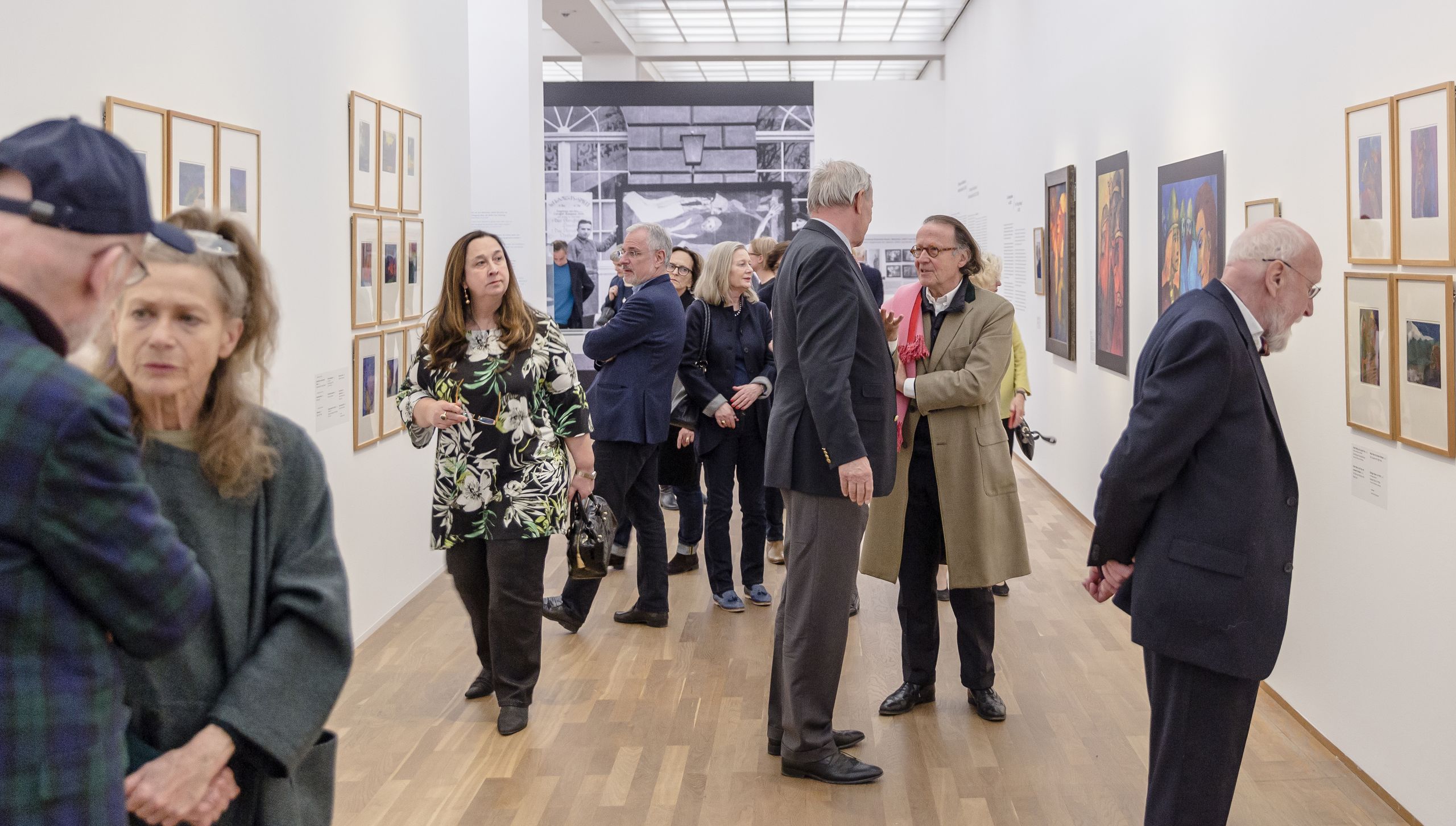
The exhibition space in its opening week. Photo: David von Becker
The exhibition space in its opening week. Photo: David von Becker
“We don’t tell visitors what they should make of these artworks”, says Fulda. “Many visitors find that disorientating, which is the whole point. Some feel there is a helpful division between the artwork and the artist’s biography, that their aesthetic enjoyment of the art is protected. But others realise that these artworks are cultural artefacts, that they are loaded with meaning and the authorial intention affects why they exist.”
For visitors born in the 1940s and early 50s, the experience is more troubling, Fulda senses. “They thought their critical attitude to Germany’s past and admiration for Nolde set them apart from their parents’ generation and put them on the right side of history. Some now feel they’ve been ‘hoodwinked’, to quote one visitor, and even that they are being accused of living a lie. That’s not our intention but that’s how they feel.”
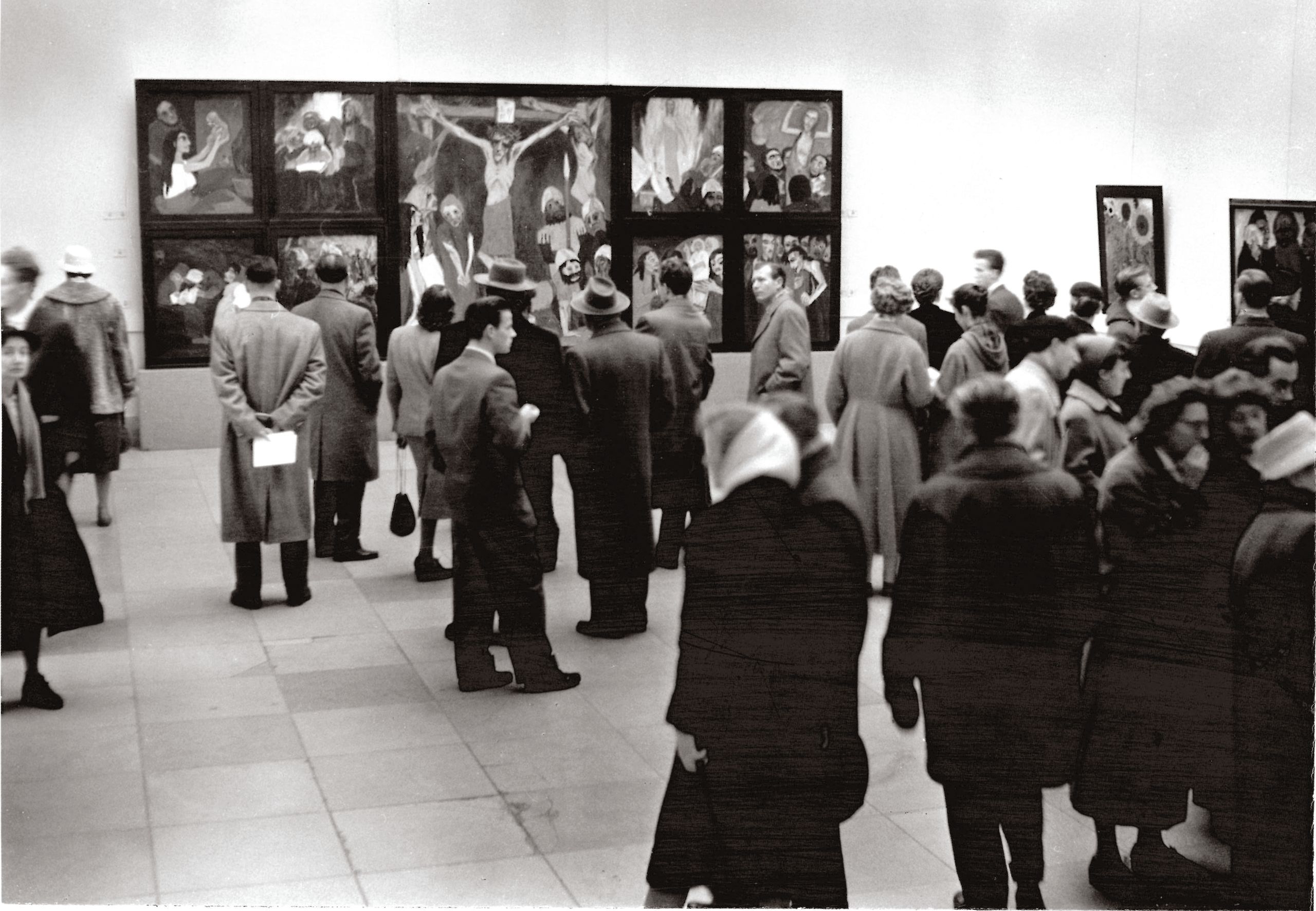
Nolde restrospective, Haus der Kunst, Munich, 1957. © Nolde Foundation Seebüll
Nolde restrospective, Haus der Kunst, Munich, 1957. © Nolde Foundation Seebüll
“A minority deplore the extent to which a younger generation, who didn’t experience the war, feel they can pass judgment on the artist and the caretakers of the Nolde legend. But most seem to welcome our critical reflection on myth-making.
“The exhibition presents Nolde as the master of violent clashing colour and it’s impossible not to react to that, one way or another”, Fulda reflects. “Some people not attuned to German Expressionism might find themselves sharing Hitler’s opinion that his paintings are “shit”. These paintings still arouse very strong emotions and remind us how political regimes can abuse art’s power.”
Emil Nolde: A German Legend. The Artist during the Third Reich closes on 15 September 2019
You can explore some of the exhibition with this film (interviews in German)
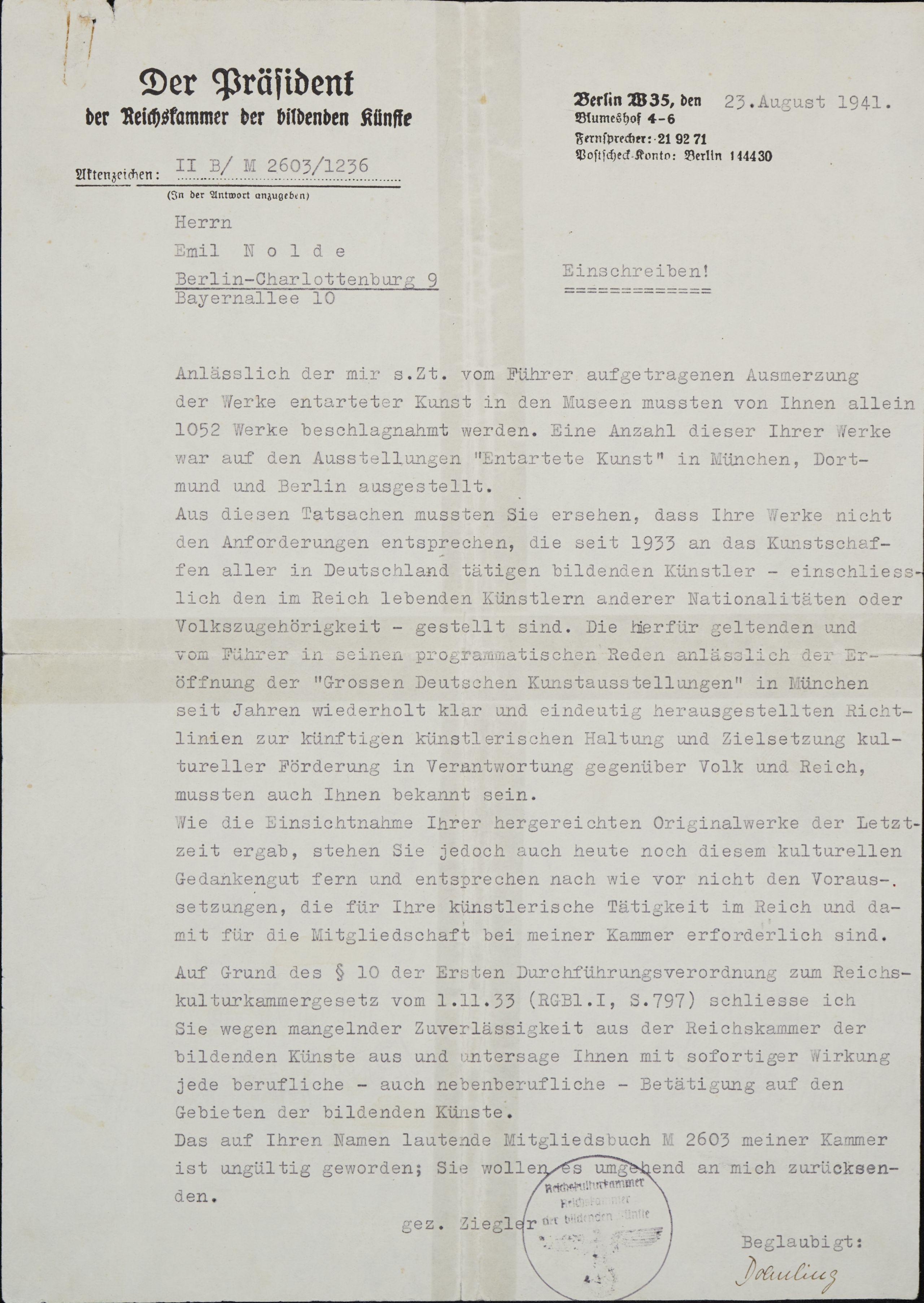
The official notice Nolde received confirming his expulsion from the Reich Chamber of Culture, dated 23 August 1941. Archive of Nolde Foundation Seebüll. © Nolde Foundation Seebüll
The official notice Nolde received confirming his expulsion from the Reich Chamber of Culture, dated 23 August 1941. Archive of Nolde Foundation Seebüll. © Nolde Foundation Seebüll
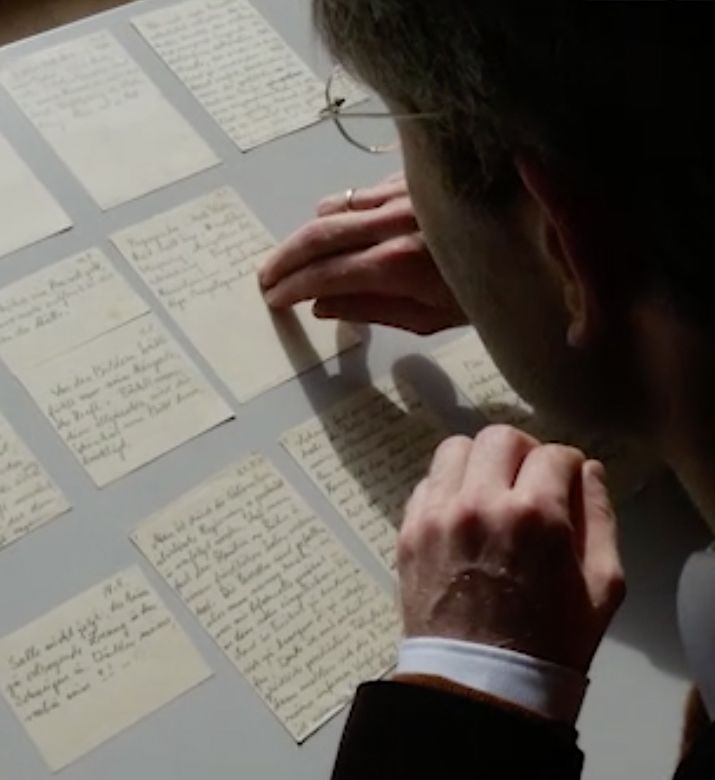
Dr Bernhard Fulda examines Nolde's correspondence in the archive of the Nolde Foundation Seebüll
Dr Bernhard Fulda examines Nolde's correspondence in the archive of the Nolde Foundation Seebüll
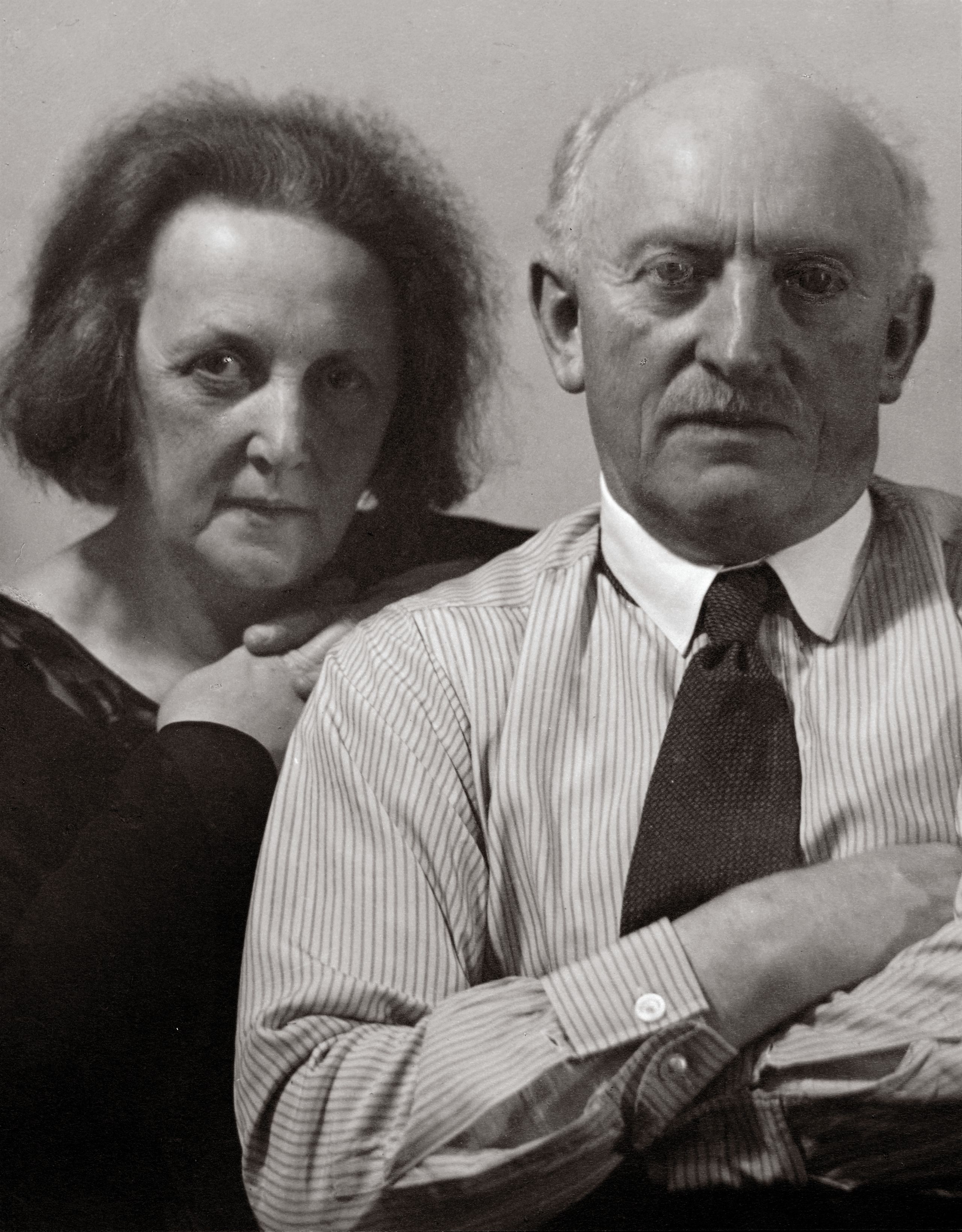
Nolde with his first wife, Ada. Archive of Nolde Foundation Seebüll. © Nolde Foundation Seebüll
Nolde with his first wife, Ada. Archive of Nolde Foundation Seebüll. © Nolde Foundation Seebüll
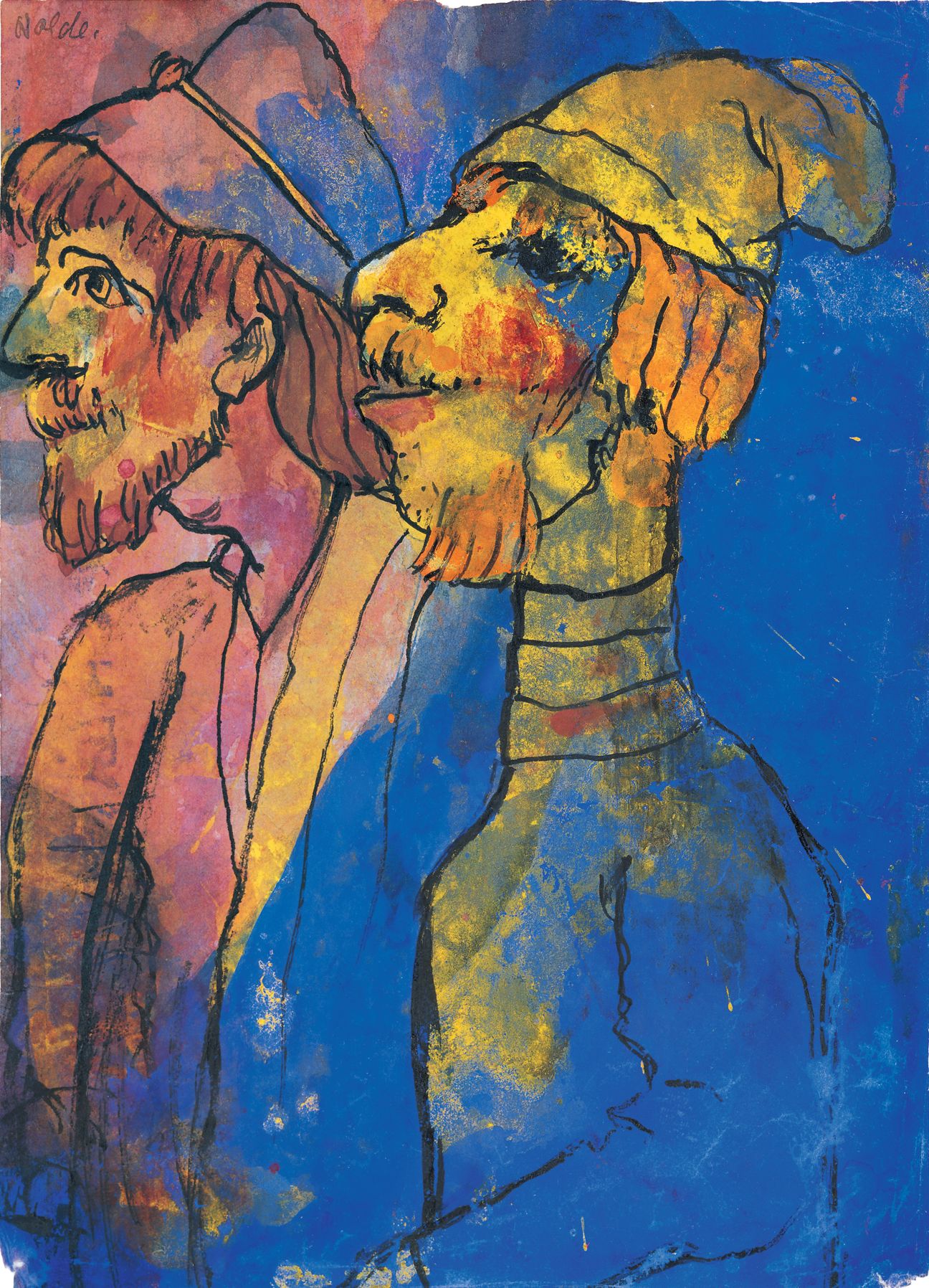
Emil Nolde, Gaut the Red (watercolour, before 1938). Nolde Foundation Seebüll. © Nolde Foundation Seebüll / Photo: Dirk Dunkelberg, Berlin
Emil Nolde, Gaut the Red (watercolour, before 1938). Nolde Foundation Seebüll. © Nolde Foundation Seebüll / Photo: Dirk Dunkelberg, Berlin
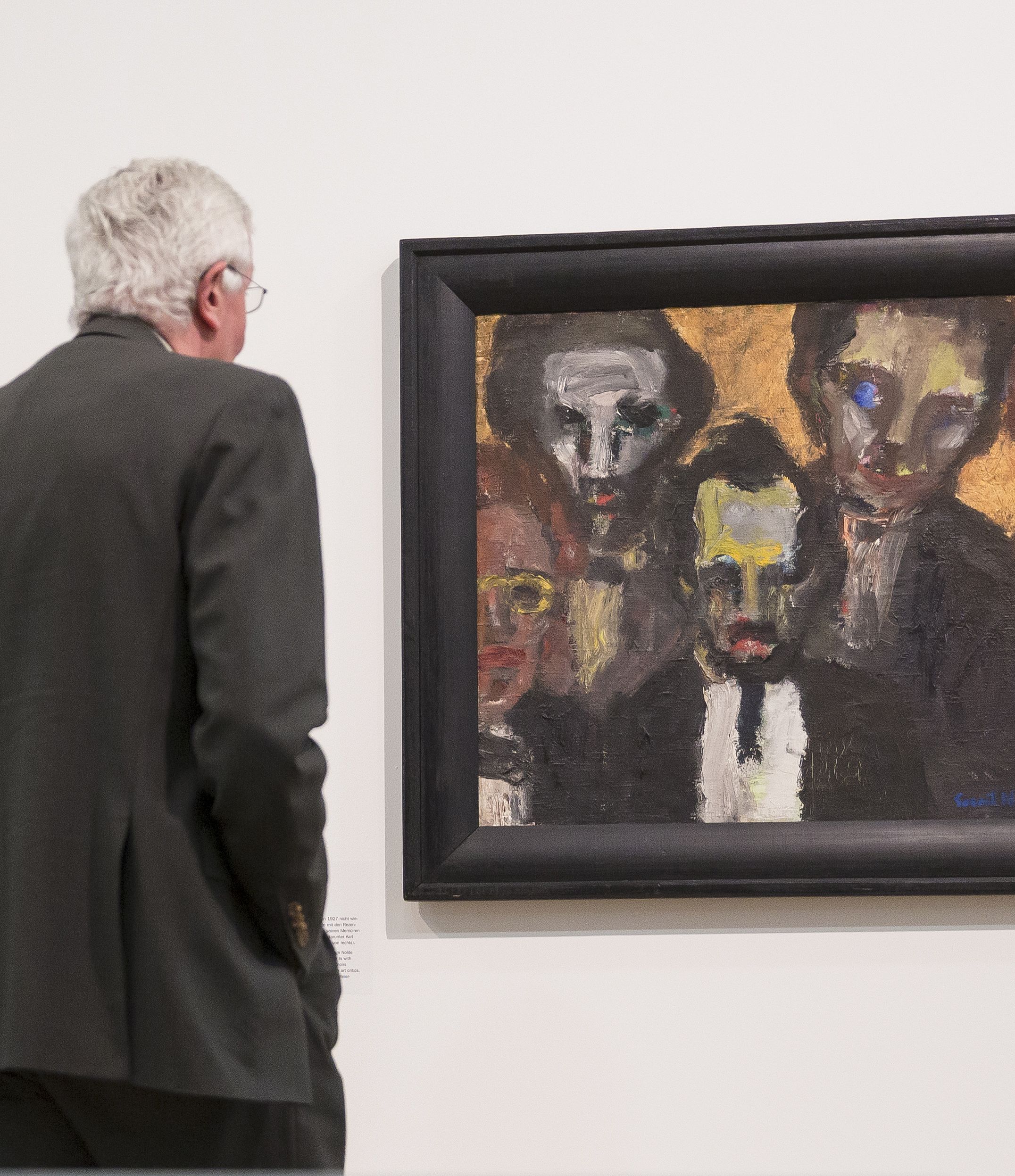
An exhibition visitor looks at Nolde's Six Gentlemen (detail, oil on canvas, 1921). © Nolde Foundation Seebüll / Photo: David von Becker
An exhibition visitor looks at Nolde's Six Gentlemen (detail, oil on canvas, 1921). © Nolde Foundation Seebüll / Photo: David von Becker
